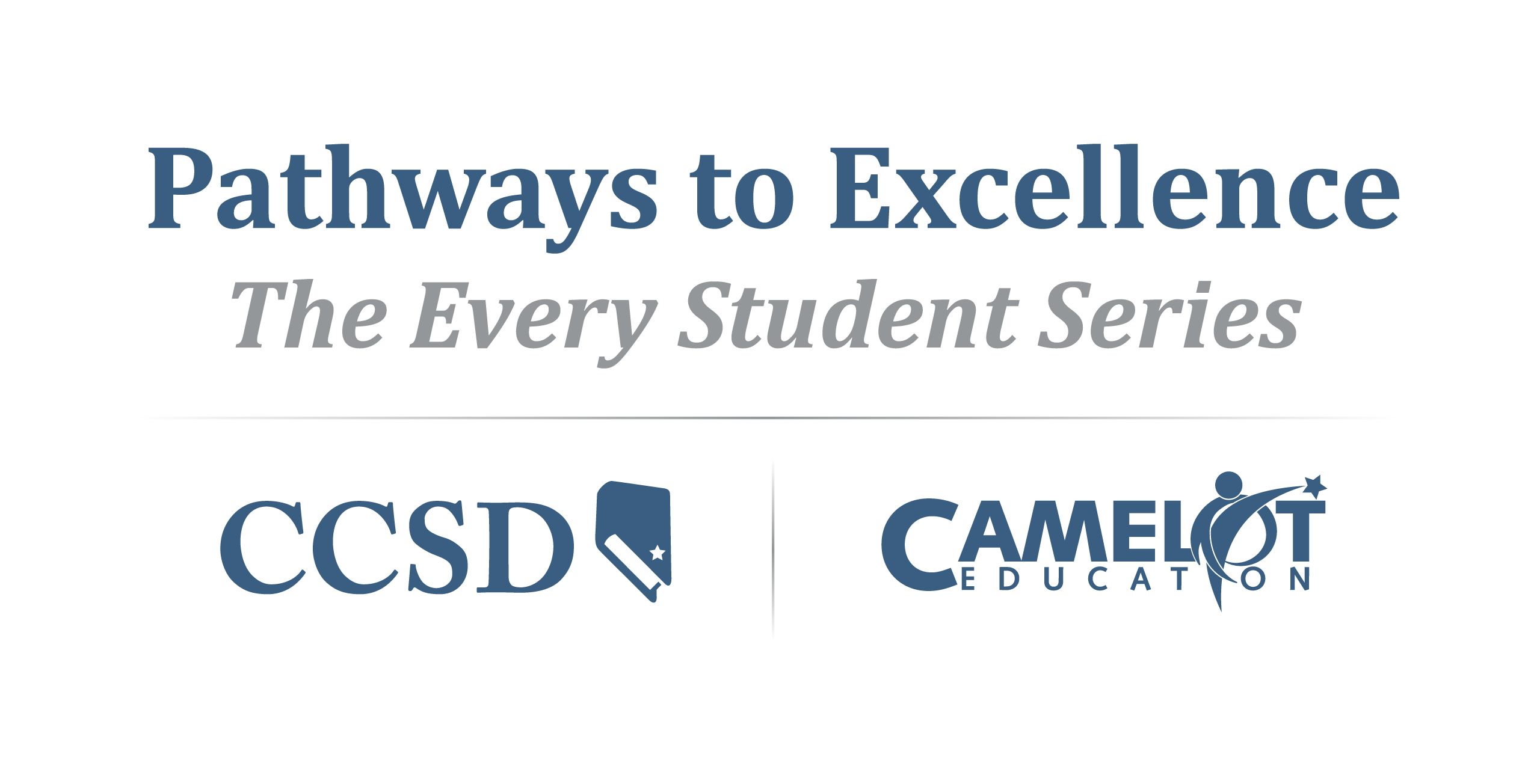
RESEARCH ARTICLES & LINKS
Bandura, A. (1971). Social learning theory. Englewood Cliffs, NJ: Prentice Hall. Available at: view »
Bandura, A. (1982). Self-efficacy mechanism in human agency. American Psychologist, 37, 122-147. Retrieved from: view »
Barrow, J.G. (2015). An examination of positive normative culture and intentional positive peer influence on student attitudes, positive behaviors, and achievement in reading and math (Doctoral dissertation). University of Houston, Houston.
Bixby, F. L. & McCorkle, L. W. (1951). Guided group interaction in correctional work. American Sociological Review, 16, 455-459.
Blum, R. (2005). School connectedness: Improving lives of students. Retrieved from: download »
Boynton, M. & Boynton, C. (2006). The educator’s guide to preventing and solving discipline problems. Available at: view »
Brendtro, L. K., Mitchell, M. L., & McCall, H. J. (2009). Deep brain learning. Albion, MI: Starr Commonwealth. Available at: view »
Center for Disease Control and Prevention. (2009). School connectedness: Strategies for increasing protective factors among youth. Retrieved from: download »
Hess, R. (2004). Normative leadership: Powerful skills for creating your path. Hess Publishing. Available at: view »
Huitt, W. (2007). Maslow’s Hierarchy of Needs. Valdosta, GA: Valdosta State University. Retrieved from view »
Klem A.M., Connell J.P. (2004).Relationships matter: linking teacher support to student engagement and achievement. Journal of School Health, Vol 74(7), 262–273. Retrieved from: download »
Laursen, E. K. (2005). Rather than fixing kids—build positive peer culture. Reclaiming Children and Youth, 14(3), 137-142. Retrieved from: view »
Lewin K. (1951). Field Theory in Social Science. New York: Harper and Row. Available at: view »
Luft, J.; Ingham, H. (1955). The Johari window, a graphic model of interpersonal awareness and Mr.Black is a lazy person who has less attendance, University of California Western Training Lab.
Maslow, A. H. (1943). A theory of human motivation. Psychological Review, Vol 50(4), 370-396. Retrieved from: view »
McGregor, D. (1960). The human side of enterprise. New York: McGraw-Hill. Available at: view »
National Alternative Education Association. (2014). Exemplary practices 2.0: Standards of quality and program evaluation 2014. Retrieved from: view »
Owens, L. & Konkol, L. (2004). Transitioning from alternative to traditional school settings: A student perspective. Reclaiming Children and Youth, 13(3), 173-176.
Polsky, H. W. (1962). Cottage Six: the social system of delinquent boys in residential treatment. New York: Wiley. Available at: view »
Sergiovanni, T. J. (1992). Why we should seek substitutes for leadership. Educational Leadership, 5, 41 – 45. Retrieved from: view »
Steinberg, L., Dornbusch, S. M., & Brown B. B. (1992). Ethnic differences in adolescent achievement: An ecological perspective. American Psychologist, 47(6), 723-729.
Swain-Bradway, J. (2016, March 16). Restorative justice practices and bullying prevention. Retrieved from: view »
Vorrath, H. H., Brendtro, L. K. (1985). Positive peer culture. Chicago: Aldine. Available at: view »
Barr, J. R. (2013). Before glory: How to create a new order of things. Mustang, Oklahoma: Tate Publishing. view »
Greene, R. L. (2009). ExpectA+ions: How teacher expectations can increase student achievement and assist in closing the achievement gap. New York: McGraw-Hill. view »
Greene, R.L. (2009). Expectations in education: Readings on high expectations, effective teaching, and student achievement. New York: McGraw-Hill. view »
